Drywall is a ubiquitous feature of residential homes throughout North America. It’s an affordable and plentiful material that is quite versatile. Drywall can be cut into all sorts of shapes and thicknesses in order to help form walls and ceiling panels for all homes. Alas, it is a rather featureless material, typically consisting of a flat white surface.
Sure, you can paint it or texture it, but there’s only so much that can be done with such a basic material as far as looks go. If you feel like one of your rooms needs something better, like a nice layout of multi-colored and patterned tiles, you’re probably wondering if you can install tiles on drywall. The short answer is yes, you can.
The long answer is that it’s a bit complicated. Whether you can put tiles on your drywall depends on where the drywall is located, what kind of surface your drywall has, and the dryness or humidity of the indoor environment.
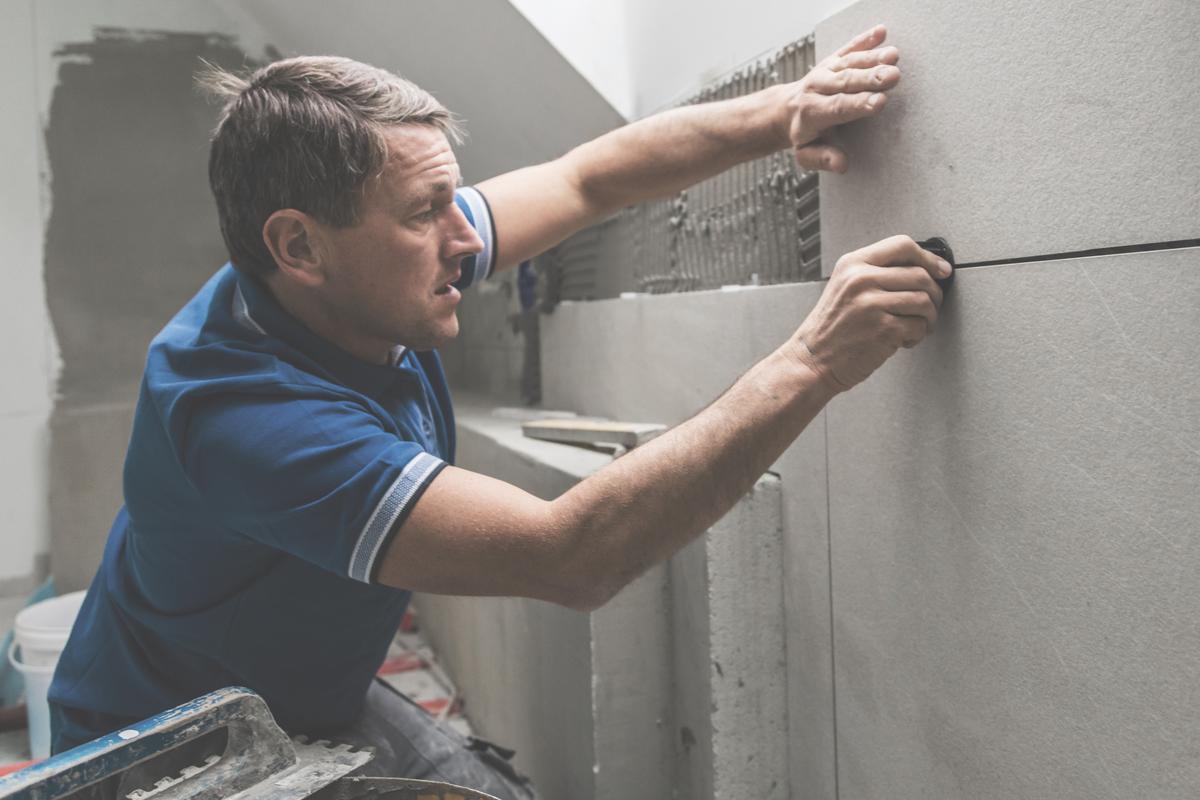
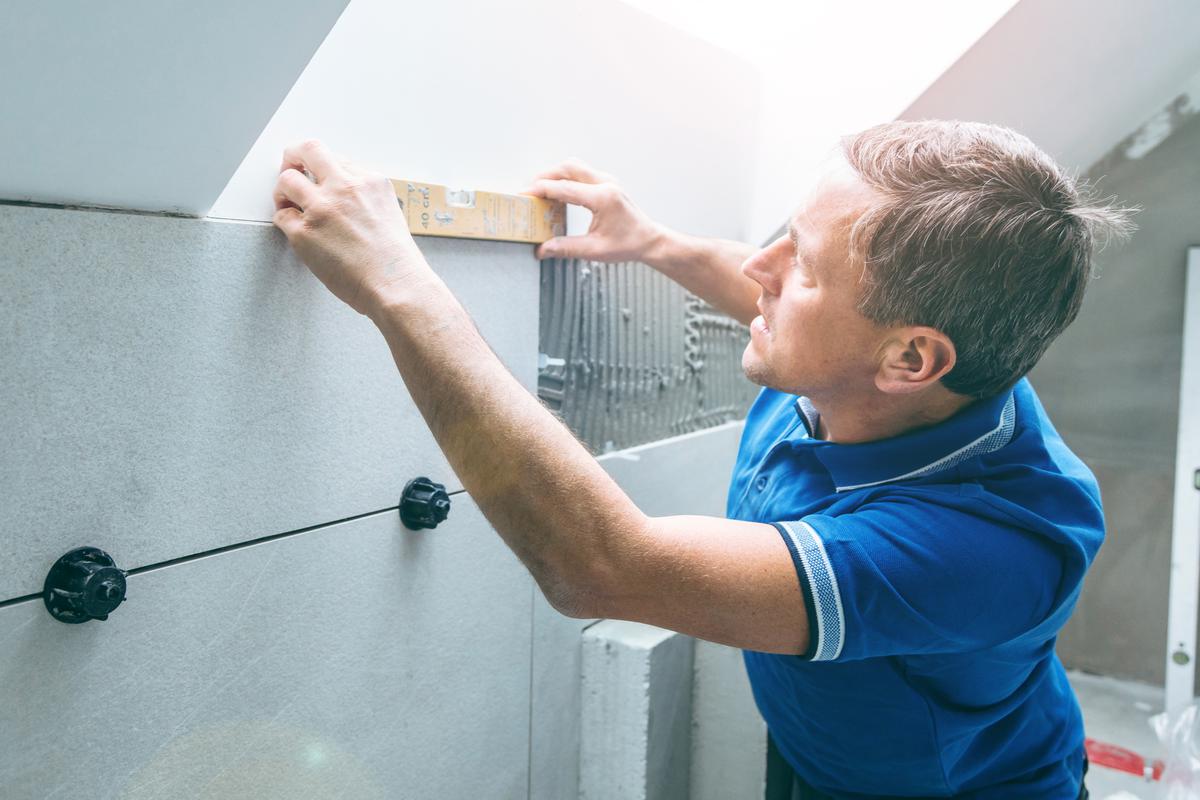
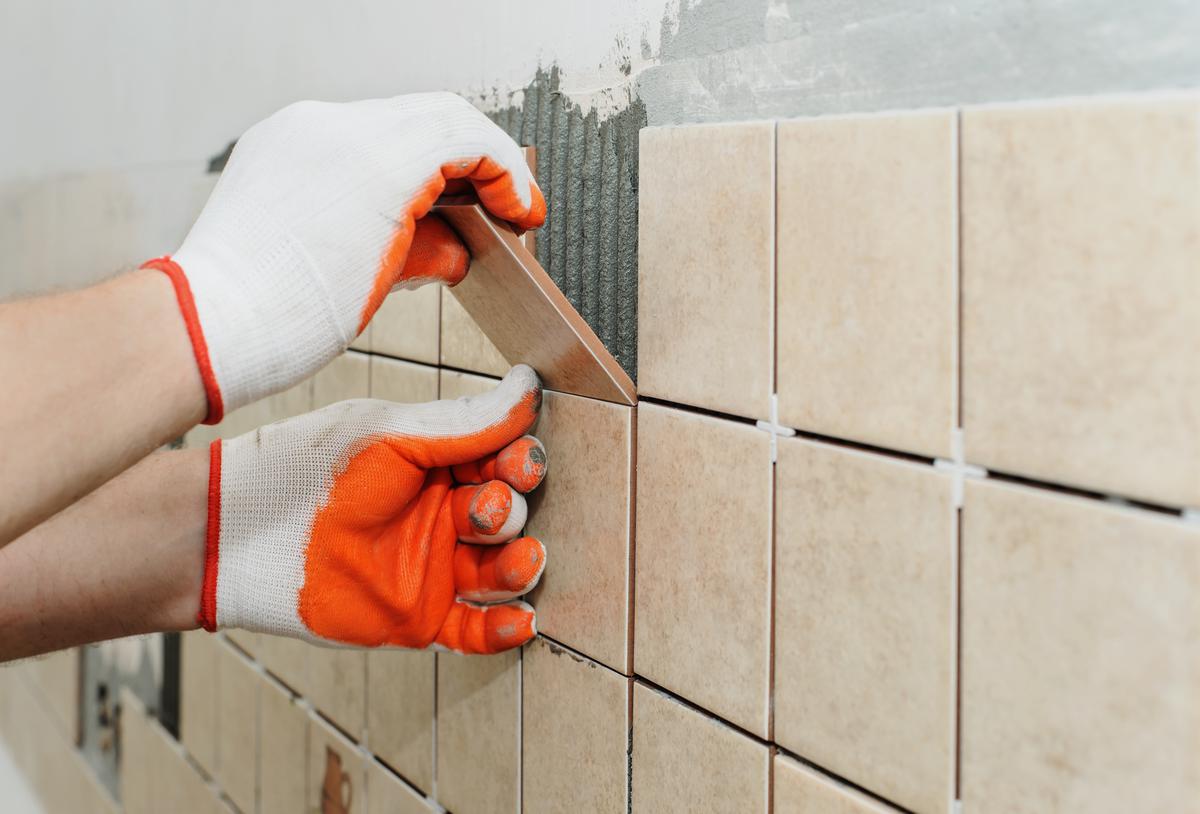
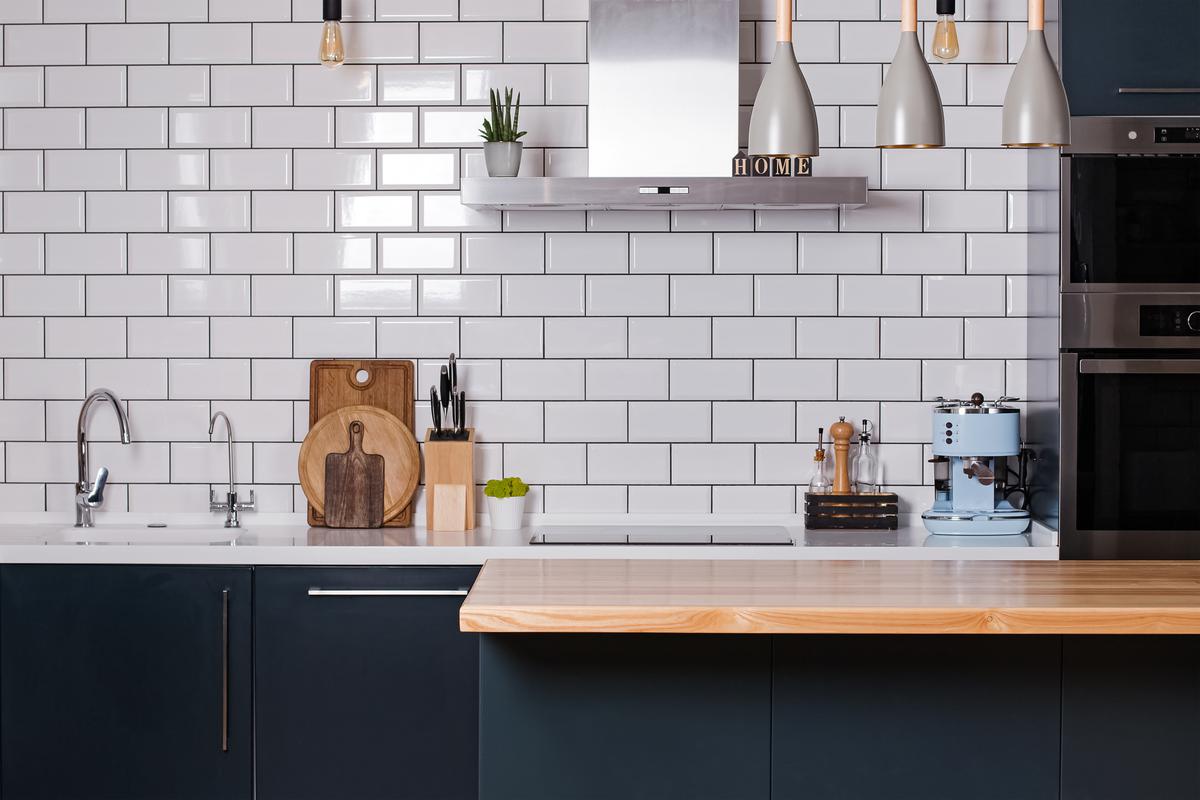
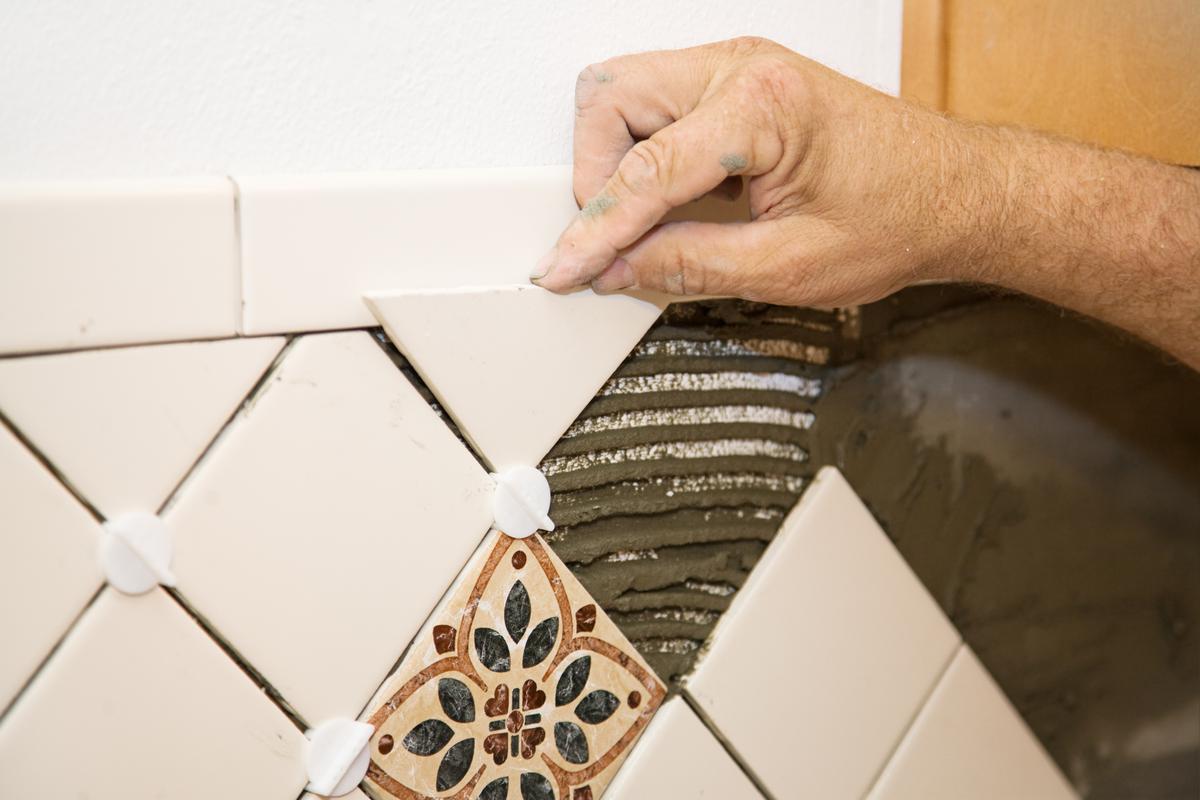
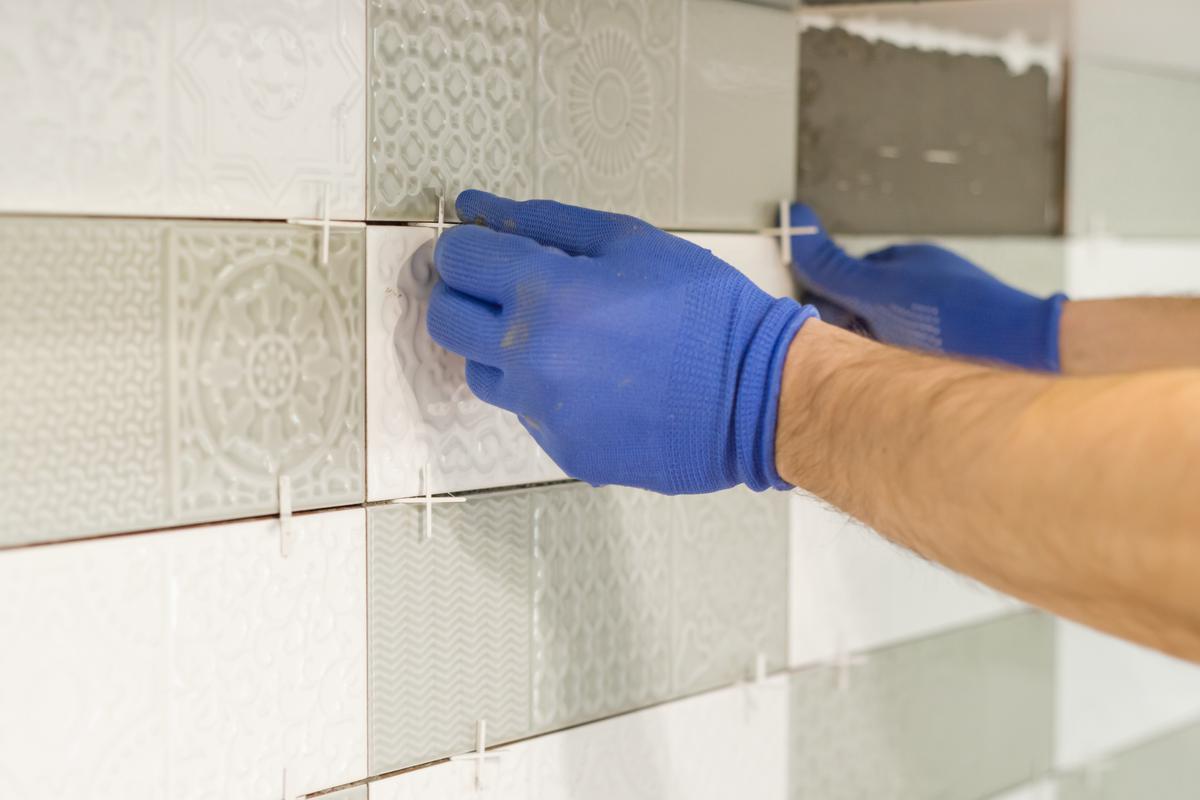
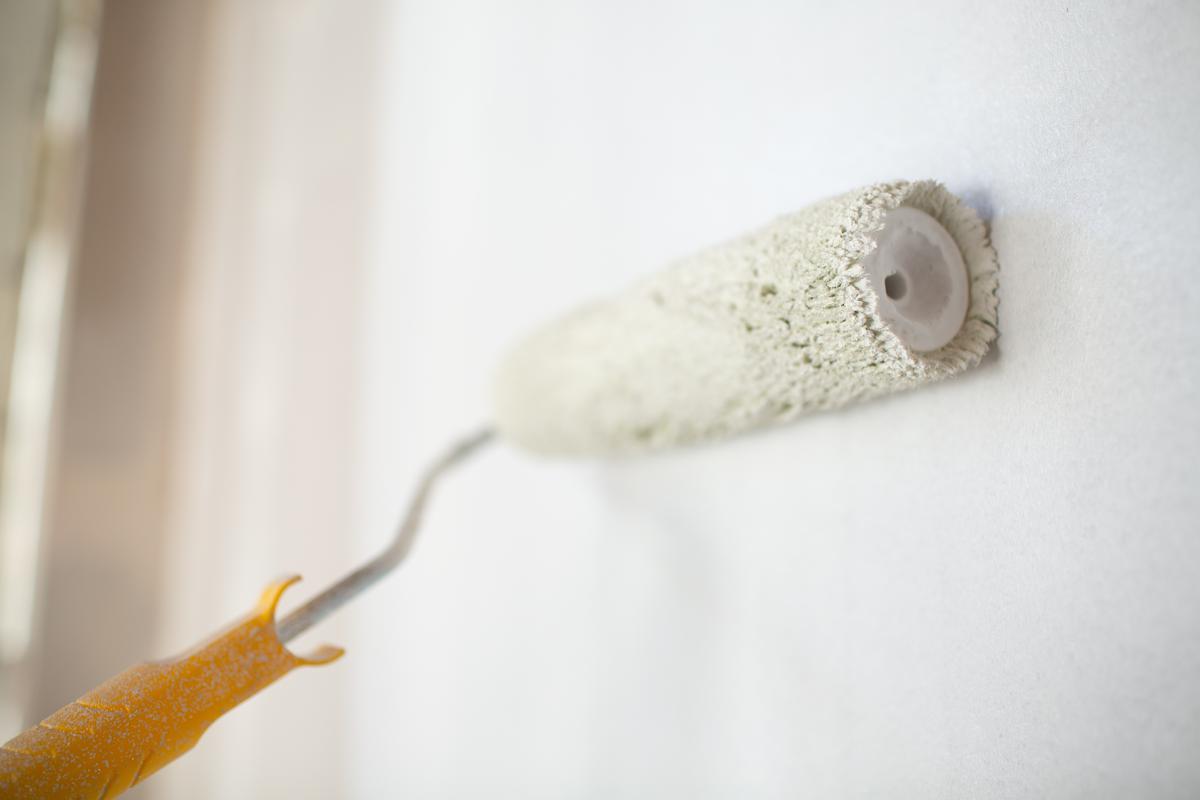
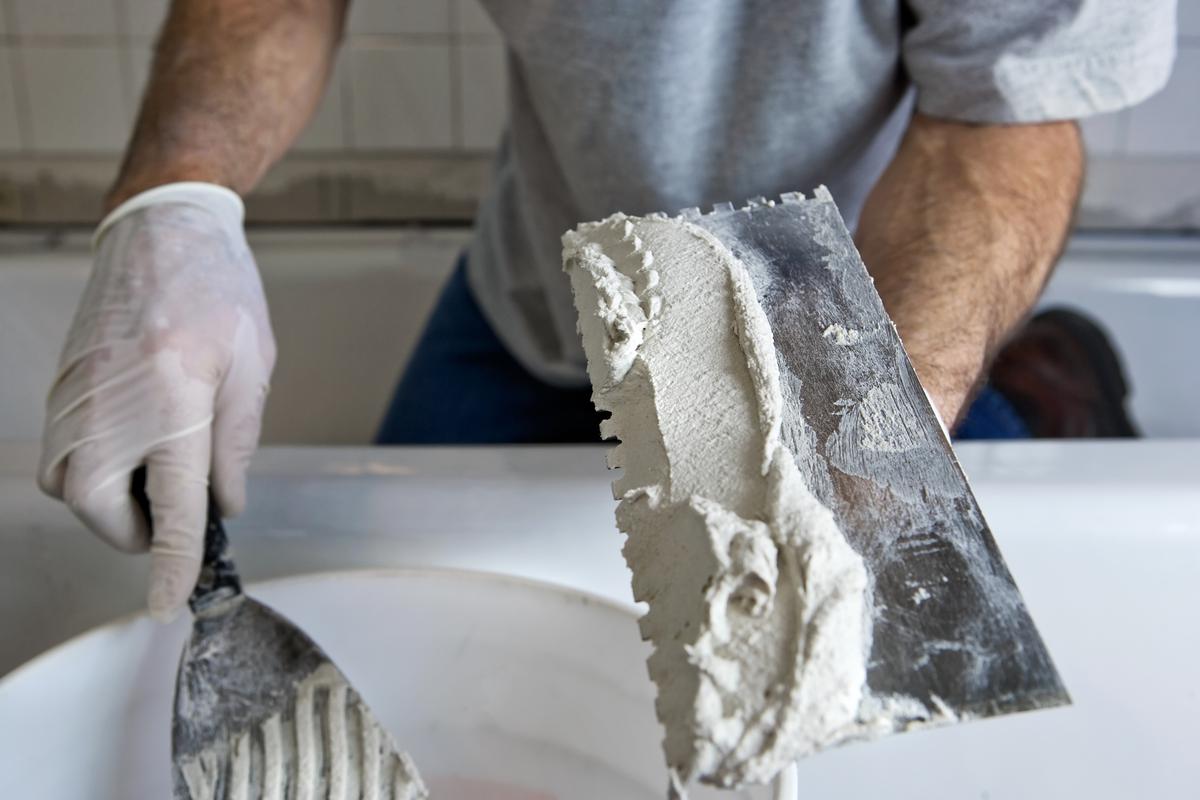
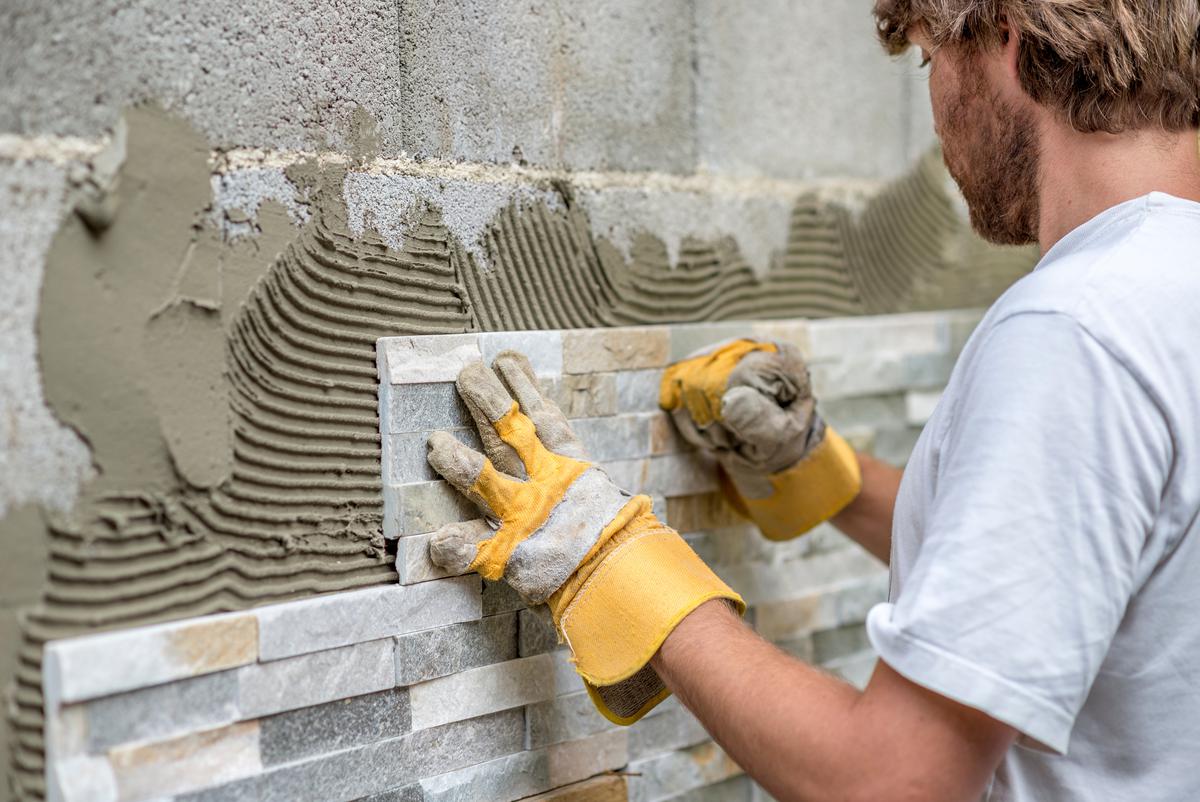

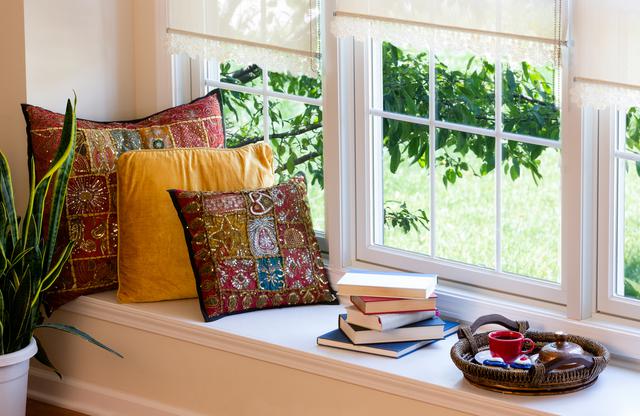

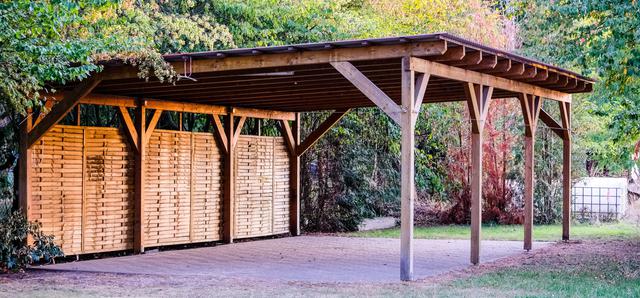
comments